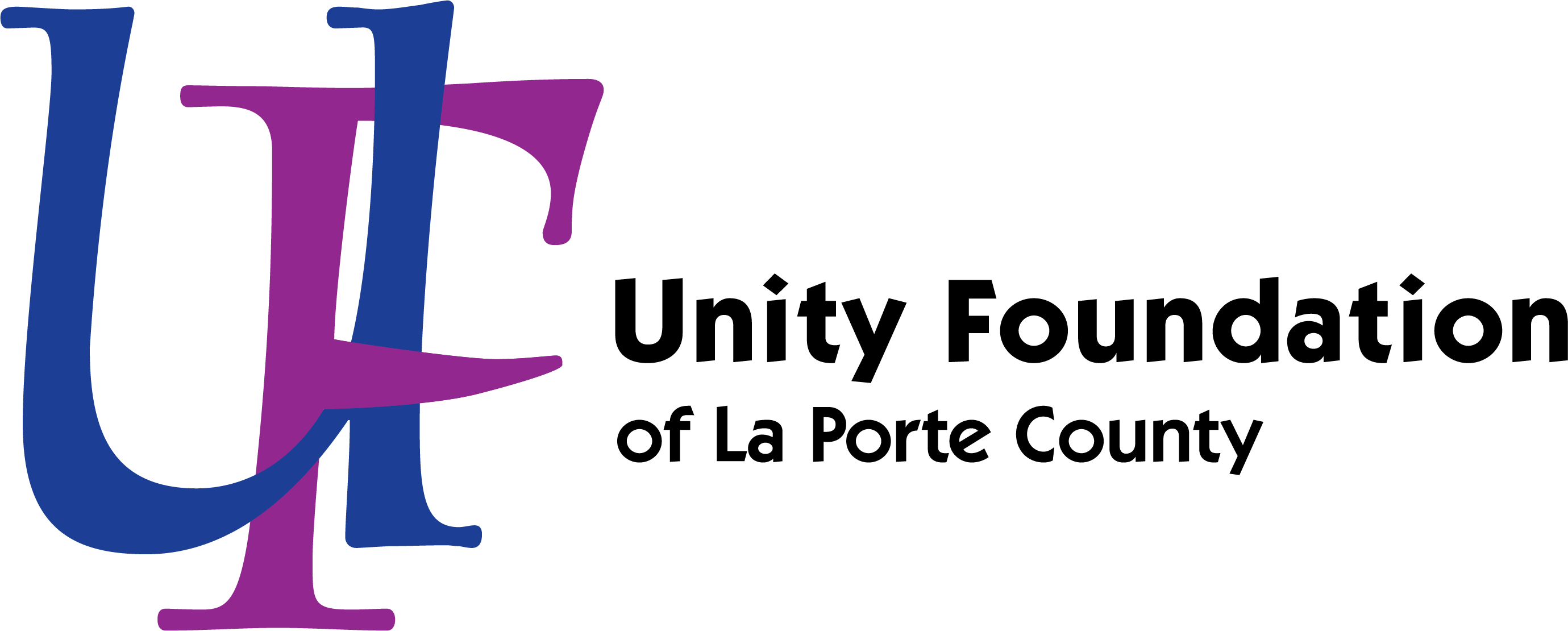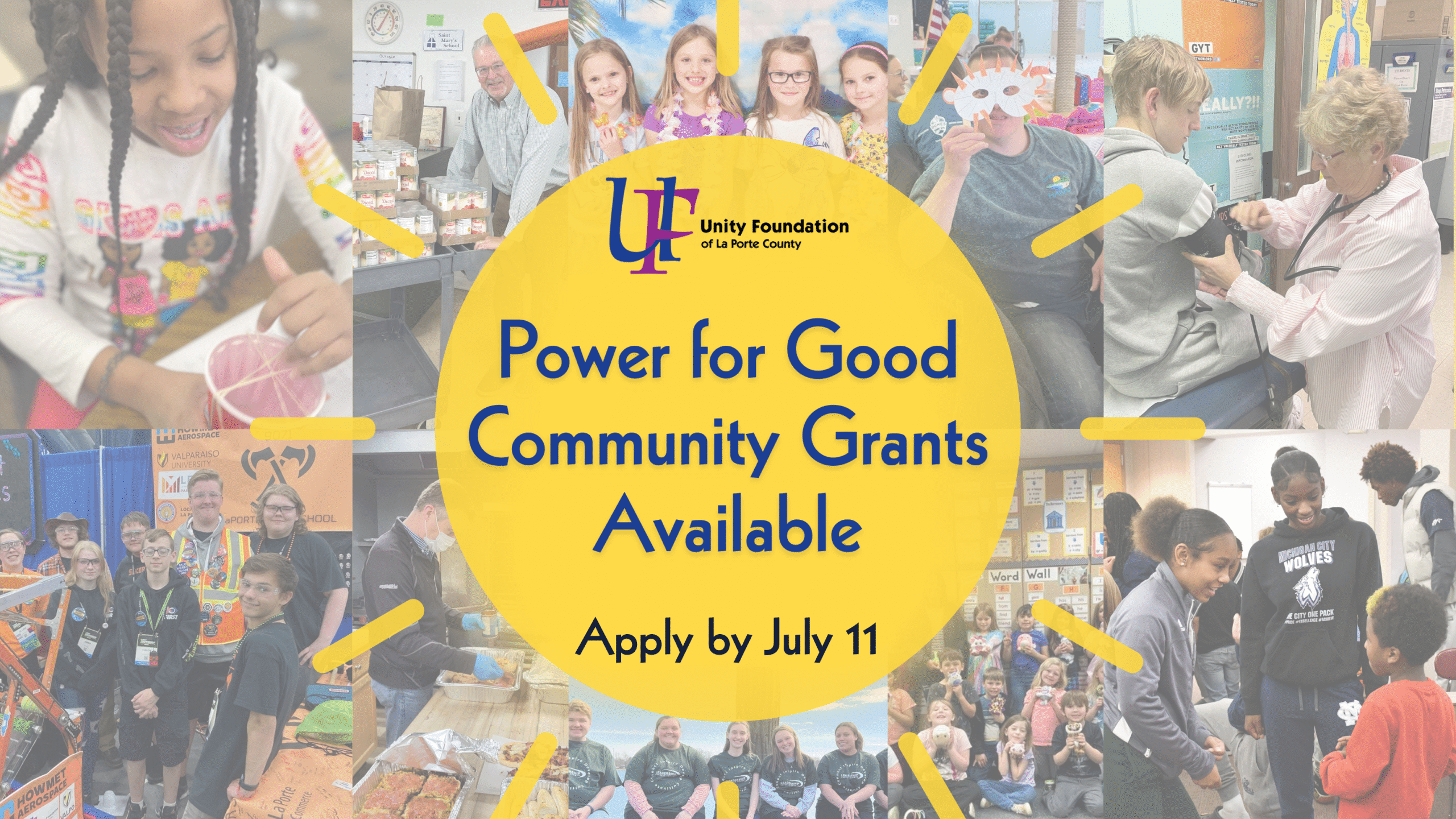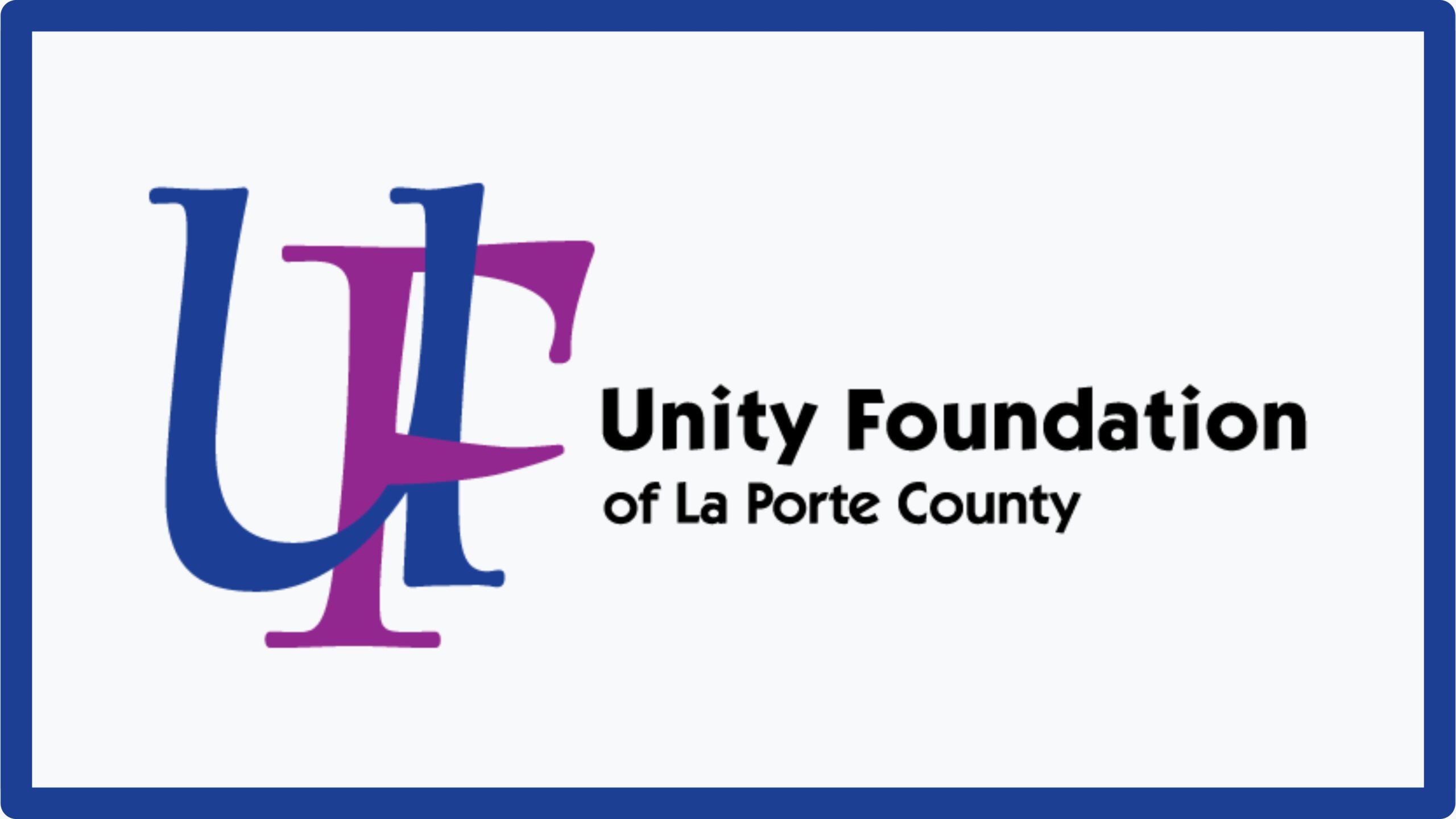Share
Share
Would you believe that only 41 percent of bequests ever get to their intended charity? You do the right thing, create a will or trust, specifically include the groups you love, only to learn that there’s nearly a 60 percent chance they’ll end up with nothing? How can that happen? How can we increase the odds of getting money to charity?

Article written by Maggi Spartz, Unity Foundation President
With November being National Philanthropy Month, I revisited the comprehensive “American Charitable Bequest Demographics 1992-2012″ study conducted by Russell N. James III, of Texas Tech University.
As a community foundation, we encourage families to include their favorite causes when planning for their assets after they are no longer here. When people tell us they have put the Unity Foundation of LaPorte County, Inc. in their will, we believed that someday an actual gift would be coming and we honor the donor by keeping their dreams alive.
Apparently, it’s not that simple. There is a clear discrepancy between reported gifts through people’s estates and the actual gifts made.
Why? There are several reasons mentioned in the study: 16 percent of wills were never found. Some wills were destroyed by family members who thought they’d benefit more without it. Among the 6,000 “written and witnessed” wills reported in the study, only 38 percent were probated.
Many of the wills weren’t used because the assets were transferred by naming a direct beneficiary or parents co-owning property or accounts with their children, leaving nothing left for charity. Others were too small at the end of life — all reducing the amounts intended for charity.
People who reported having a “funded living trust” showed 61 percent of the time gifts got to their charity versus 42 percent when a will alone was used. More people are using “transfer on death” type arrangements to support their charities after they die, since a will alone does not control assets. All these facts point to the need for comprehensive estate planning advice and increase the odds.
I found it interesting that only 6 percent of people aged 55 and older have included a charity in their estate plans, yet 90 percent of Americans give to charity annually. Younger and younger people are making plans and including charity in them.
Are you part of the 6 percent? Or are you in the group who are going to get around to it someday? The study showed that the more wealth, education and time you have volunteered, the more likely you will make estate plans and include charities.
The study also found that plans have staying power. Fifty-five percent of plans were still in effect 10 years after they were first made. So investing in planning will pay off, not just now, but also for the rest of your life. Your community foundation and other charities will have a greater chance to put your funds to work. After all, if you love what charities do, and you take time to put them in your plans, make sure they’ll actually get what you intended.
This season, why not take time to give thanks to the people, organizations and communities that have made your life better. Dec. 2 is Giving Tuesday, “a day tue give.” Besides supporting your favorite charities on Giving Tuesday, consider including your community foundation in your estate plans. Doing so will increase the odds of your legacy lasting a long, long time.




